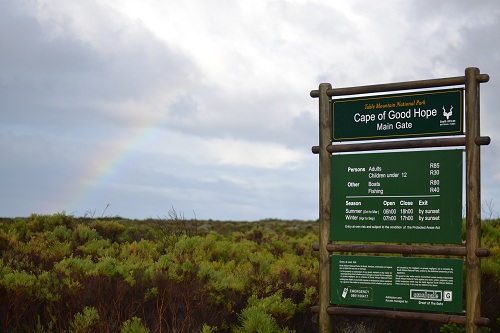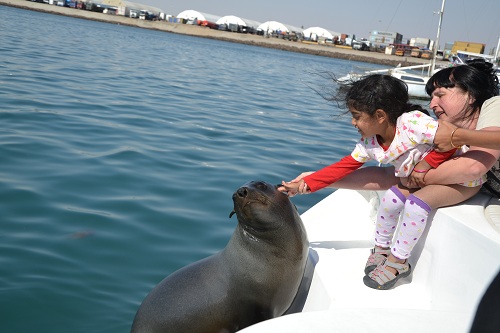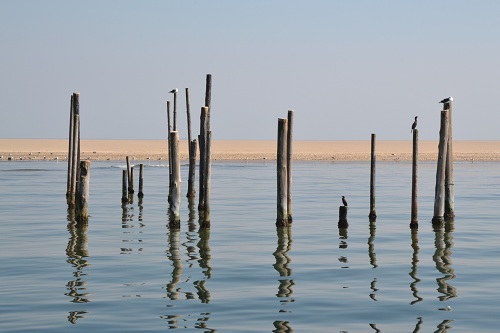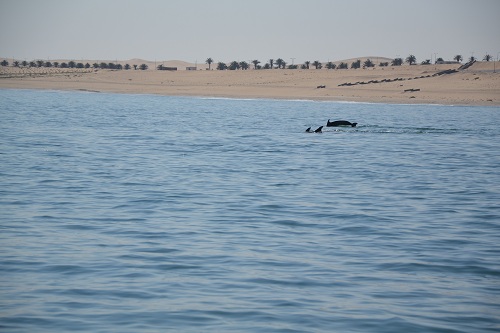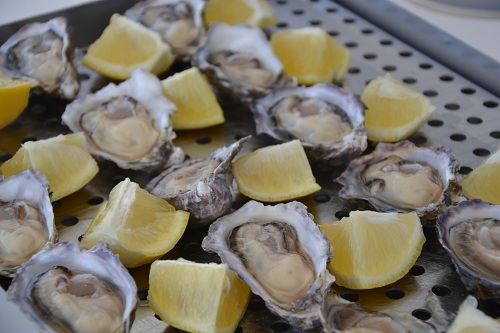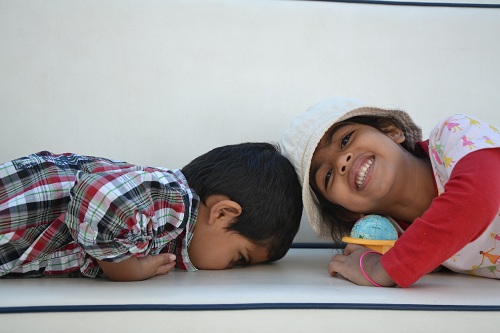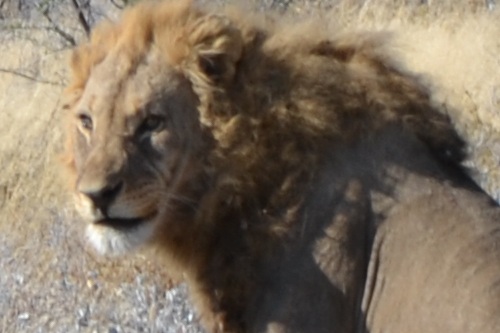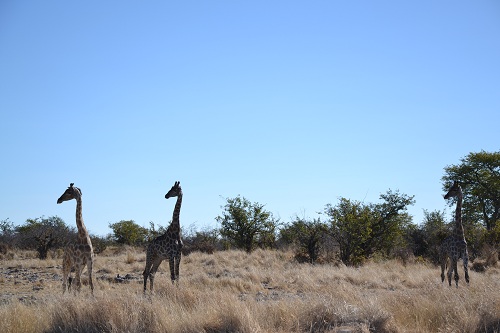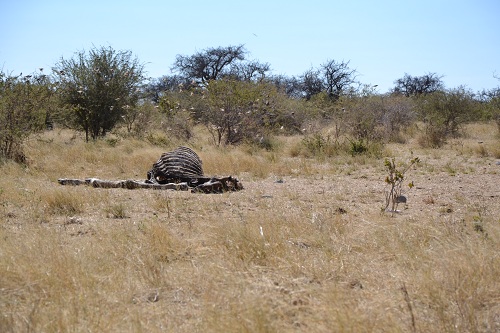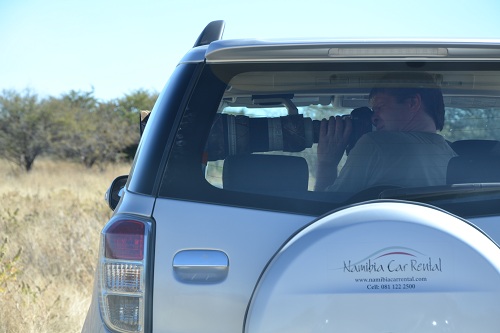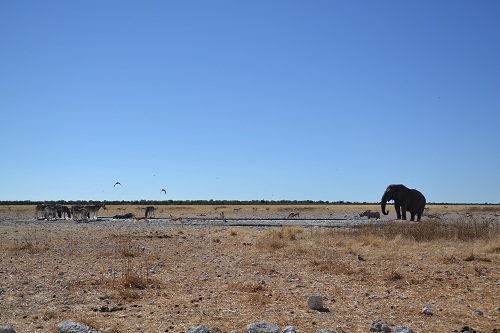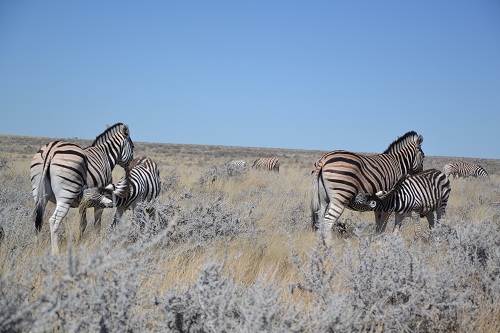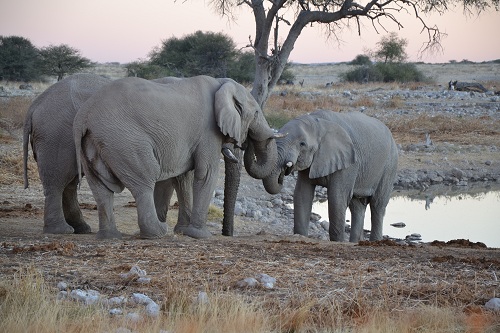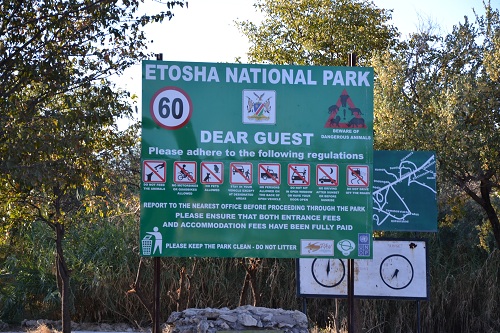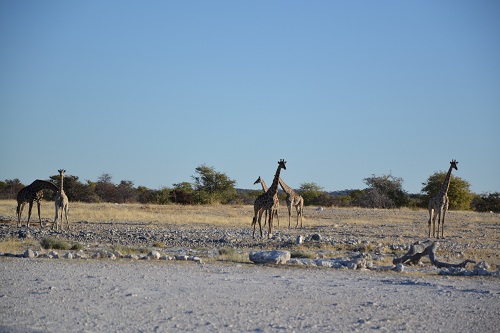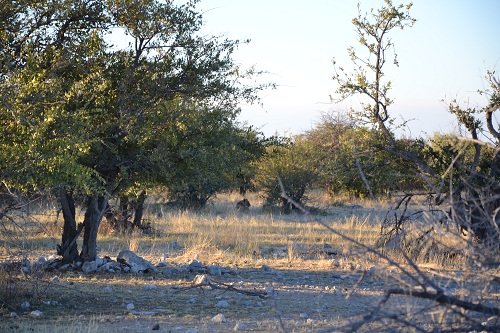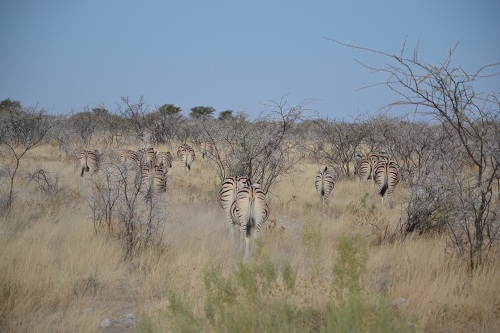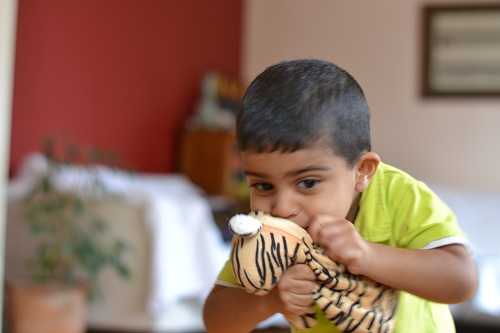Our trip down Cape Town’s Southern Peninsula ended up being an extended safari of sorts. Boulder’s Beach, just half an hour from Cape Town, got its name due to the 540 million year old boulders that are scattered on its shore. In 1982, the relatively calm bay along the beach attracted the attention of two penguins who set up camp here and have since grown their community to over 3,000 formally outfitted birds. Penguins mate for life after a three week courtship. We had a lot of respect for that, particular since Sandeep and my courtship lasted all of a few hours before we knew we’d be together forever. This pair walking along the shores of Boulder Beach reminded us of an old couple taking an evening walk. Perhaps they were discussing their anchovy dinner plans, what to do with their nest and who to frolic with that evening, not unlike humans that have grown into routines together.
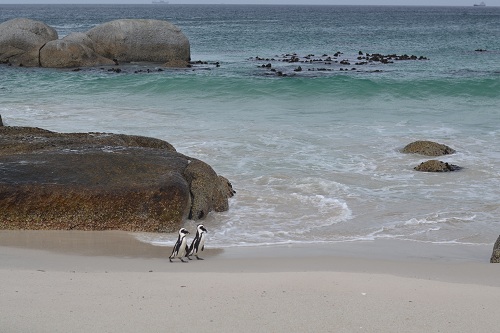
South African National Parks has created a boardwalk that respectfully passes through the penguin habitat. It’s close enough for humans to see the birds, but far enough that the penguins go about their business of courting, mating, nesting, and regurgitating food. The proximity does, however, mean that extra care needs to be taken.
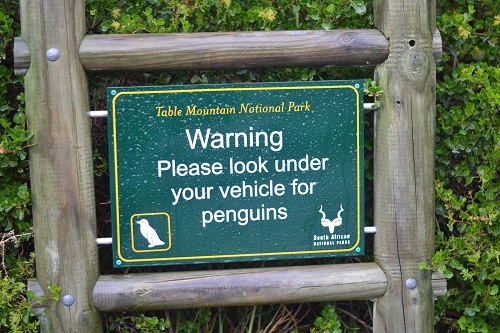
As we made our way around the peninsula, we saw this sign.
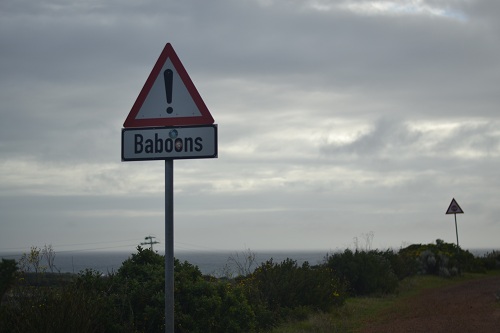
We passed our first ostrich farm, although we have yet to actually eat the bird (despite Ava’s plea).
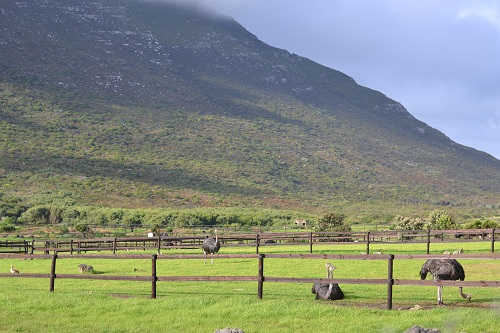
What we did feast on was a fish and chips lunch at Kalky’s, a Cape Town institution set on the docks of the fishing town of Kalk Bay. South Africa has been home to many different cultures over its tumultuous history and this is one of the few places where we know we’ll get crisp fresh fish and chips along with perfectly made samosas.
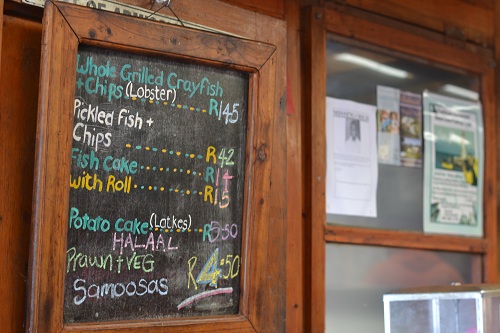
We have yet to fully understand the fishing culture in Cape Town, but we have seen people fishing from many points along the water. Some vineyards we passed also promoted fishing on their grounds. I suppose when you have a view so beautiful, fishing is an ideal way to be alone with nature.
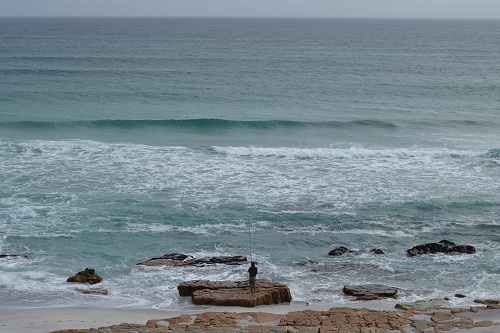
We drove back home along Chapman’s Peak, a route dug high into the mountainside above the ocean. Cape Town’s quintessential winter fog and rain descended just as we were prepared to enjoy this drive. Many people warned us that Cape Town’s winters are a dreary affair. We haven’t been to bothered with it yet. On our drive back a rainbow appeared over the water. Ava was the first to notice it. She seemed shocked. “Is that a real rainbow?” It’s the first one she’s seen in real life. We had thought that the animals in Etosha or perhaps the penguins we saw earlier in the day had the biggest impact on the kids thus far on our Africa travels. However, for Ava, a simple rainbow was her most magical moment yet.
